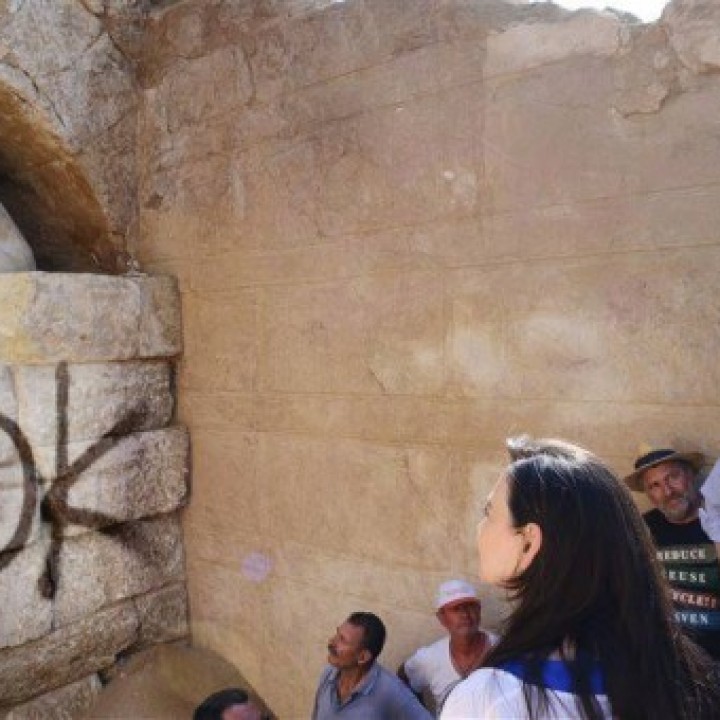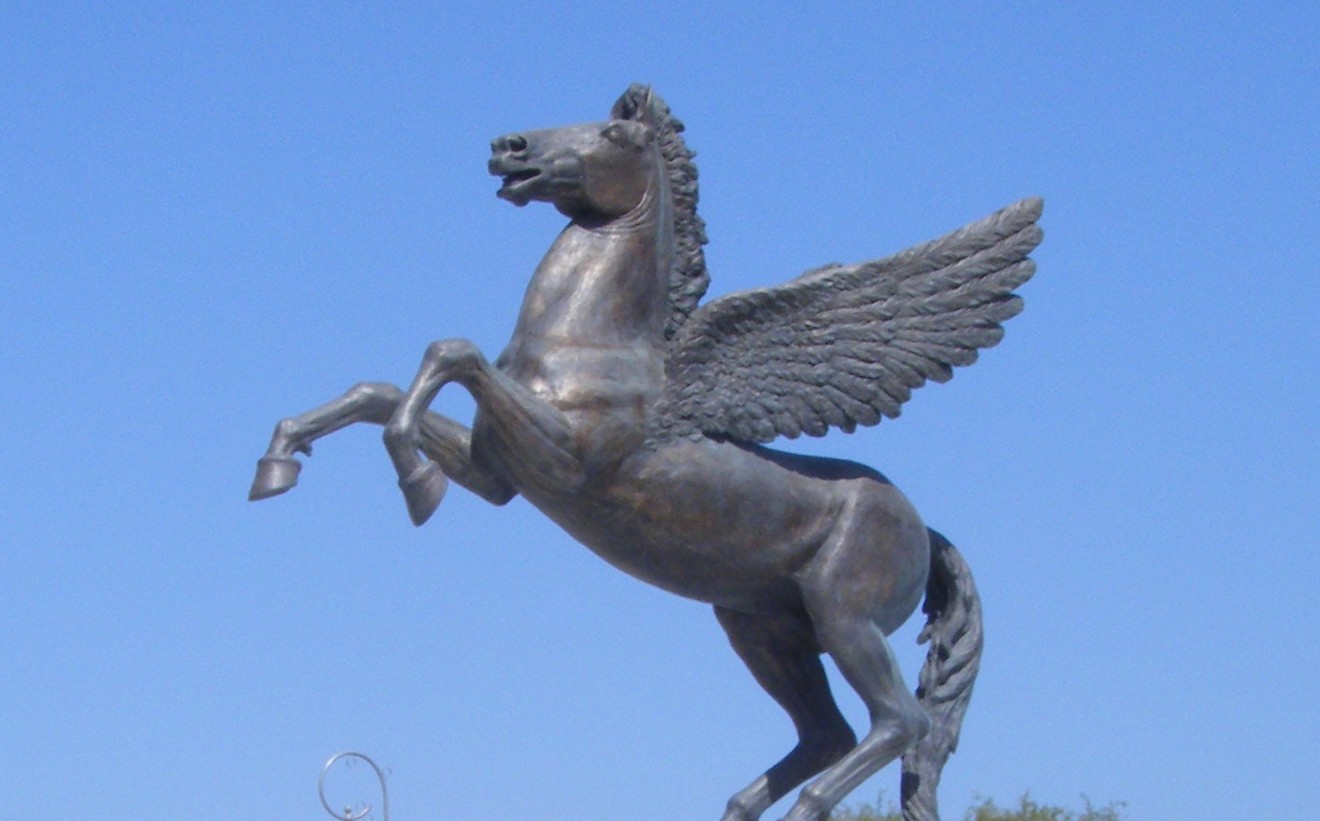The grave of Alexander the Great has NOT been found

I follow with great interest the excavations in Amphipolis (Macedonia), where a monumental grave has been found. As everyone else, I am more than eager to see what is hiding behind the massive walls!
So far, several theories regarding the ownership of the grave were brought forward. The most popular among them used to be that Roxanne, the wife of Alexander the Great, and their son may have been buried there. After all, they were murdered in the region! The proponents of this theory failed to explain how a murdered would-be-king and his mother would have enjoyed such honours.
In any case, a few days ago aspiring historians turned their attention to a more lucrative source of amusement. They suggested that the grave belonged to Alexander the Great! Such status of ridicule is not unknown in the archaeological community, as this is not the first time someone claimed that s/he discovered the body of the greatest man in western history.
Highly unlikely, though, for the grave to be found in northern Greece. According to the ancient sources, Ptolemy II Philadelphos (293-246 BC) brought Alexander’s body from Memphis to Alexandria. The move was a highly political one. The king was connected to the city of Alexandria as its Ktistes (builder). Ktistes are known to have been worshiped in antiquity across the Greek world. The body of the man who built the city of Alexandria would have been the religious focal point for the development of a new cult.
There is a possibility that he was interred in an area within the city, called Sema, which was still in existence in the 3rd century AD. The physical proximity of Alexander’s body to the administrative centre of the Ptolemies, the Greek rulers of Egypt, was crucial for the legalisation of the new dynasty. The Ptolemies repeatedly tried to connect themselves to the Greek king in order to justify their political power. I seriously doubt they would have allowed his transportation outside the kingdom of Egypt.
Ancient sources suggest that several personalities visited his grave in Alexandria, and saw his gold sarcophagus. Rumour has it that this sarcophagus was, in fact, replaced by a glass one during the reign of Ptolemy IX (116-107, 87-81 BC). Augustus himself, the first Roman emperor, visited the grave after his victory at Actium, according to Dio Cassius (51), a historian and administrative official of the third century AD. This story may be anecdotal but it still indicates the strong ancient belief that the grave was in Alexandria. Other emperors who may have visited the tomb were Caligula, Septimius Severus and Caracalla.
For a description of the tomb two centuries after the death of Alexander, you may want to read Diodorus Siculus at 18.26.3; 28.2-4.
The evidence is clear but some archaeologists and so-called historians insist every few year that the grave of Alexander the Great has been found… in another location. Have you ever wondered why?
There are probably several reasons for such bold statements. The most important one is obviously the instant fame someone gets, when s/he is connected to Alexander. As the Ptolemies did in the Hellenistic period, modern ‘historians’ are trying to bank on the status of the king to promote their careers/ fame/ notoriety. They are well aware that the public is not interested in the excavations of commoners. So, they focus on big names.
In the case of Amphipolis, though, the ridiculous of the situation is multiplied. The chief archaeologist of the excavation, Katerina Peristeri, clearly stated that in all likelihood a general (or more) was interred in the tomb. A professional archaeologist of her calibre clearly recognises the importance of the monument and how it should be interpreted. So what is all the commotion about?
On one hand the media, in their quest to sell more advertising space, are creating an unprecedented hype. And, in the process, they are willing to believe anyone who offers them what they want to hear!
The media circus, though, is not nearly as sinister as the implications from the highly political visit by the Greek Prime Minister, Antonis Samaras. When Samaras decided to be photographed close to the monument, he knew that he was sending a powerful message to the Greek people (and possibly also to our neighbours). He was saying ‘Macedonia is Greek. Alexander the Great is Greek. And he is buried right here in Amphipolis.’
The politicisation of the grave is nothing new for Greek Archaeology. The discipline has been used since the 19th century as a tool of propaganda for the newly formed national Greek state. Archaeologists and historians were used (and abused) by politicians, so that they become the beacons of Greekness. Antonis Samaras is no different. His visit at Amphipolis was not just a photo opportunity, it was a clear message that he is the defender of the Greek state and its province, Macedonia.
The national character of the grave became immediately apparent to the Greek public. The worship of the Macedonian king, though, (n some cases) took unexpected turns. I am referring to the photoshoped image of the grave with the Inscription PAOK. PAOK is the local football team at Thessaloniki. I found this photograph oddly appropriate for what the grave and the team symbolise in the minds of northern Greeks. After all, football matches have always exhibited elements of nationalistic ideologies across the world.
The photo at the title has been photoshoped and may be found here http://www.pappaspost.com/digital-prankster-fun-big-archaeological-find-greece/

The Egyptian Supreme Council for Antiquities has officially recognized over 140 search attempts for Alexander’s tomb.[9] Mahmoud el-Falaki (1815-1885), who compiled the map of ancient Alexandria, believed Alexander’s tomb is in the center of Alexandria, at the intersection of the Via Canopica (modern Horreya Avenue) and the ancient street labeled R5. Visit us for Indian History